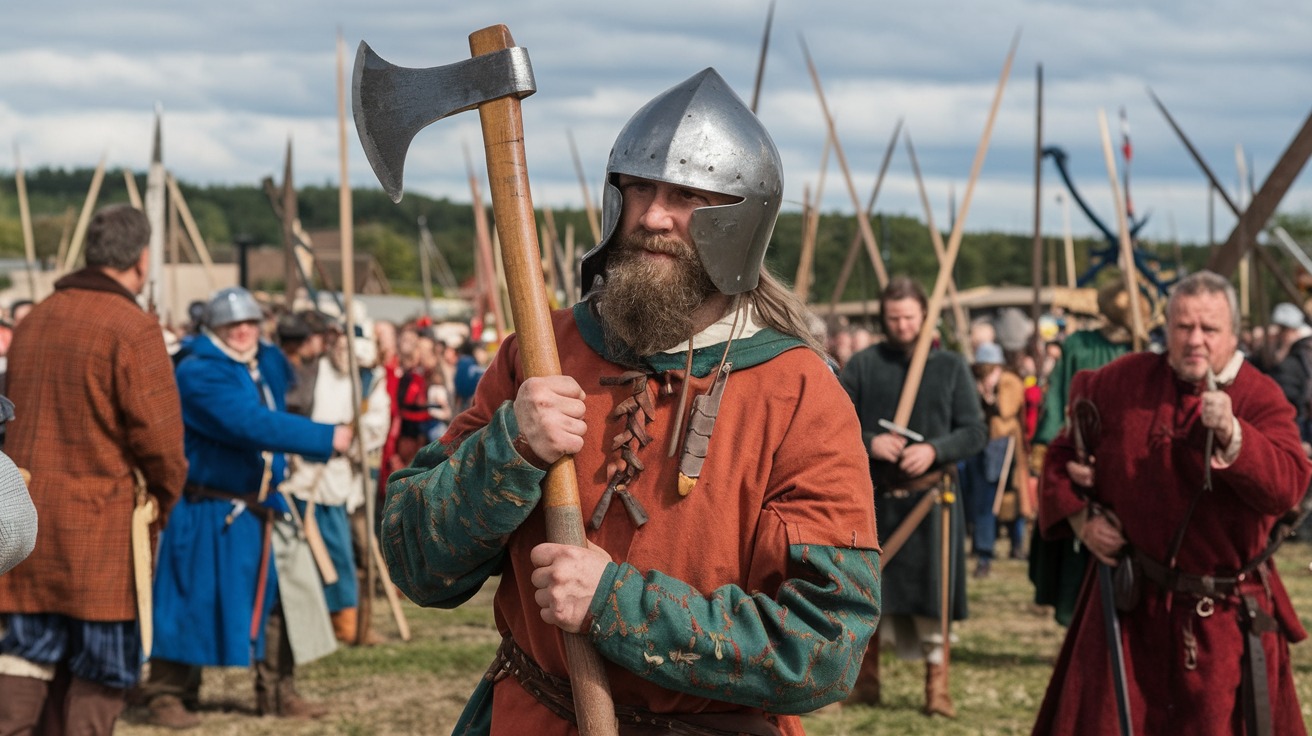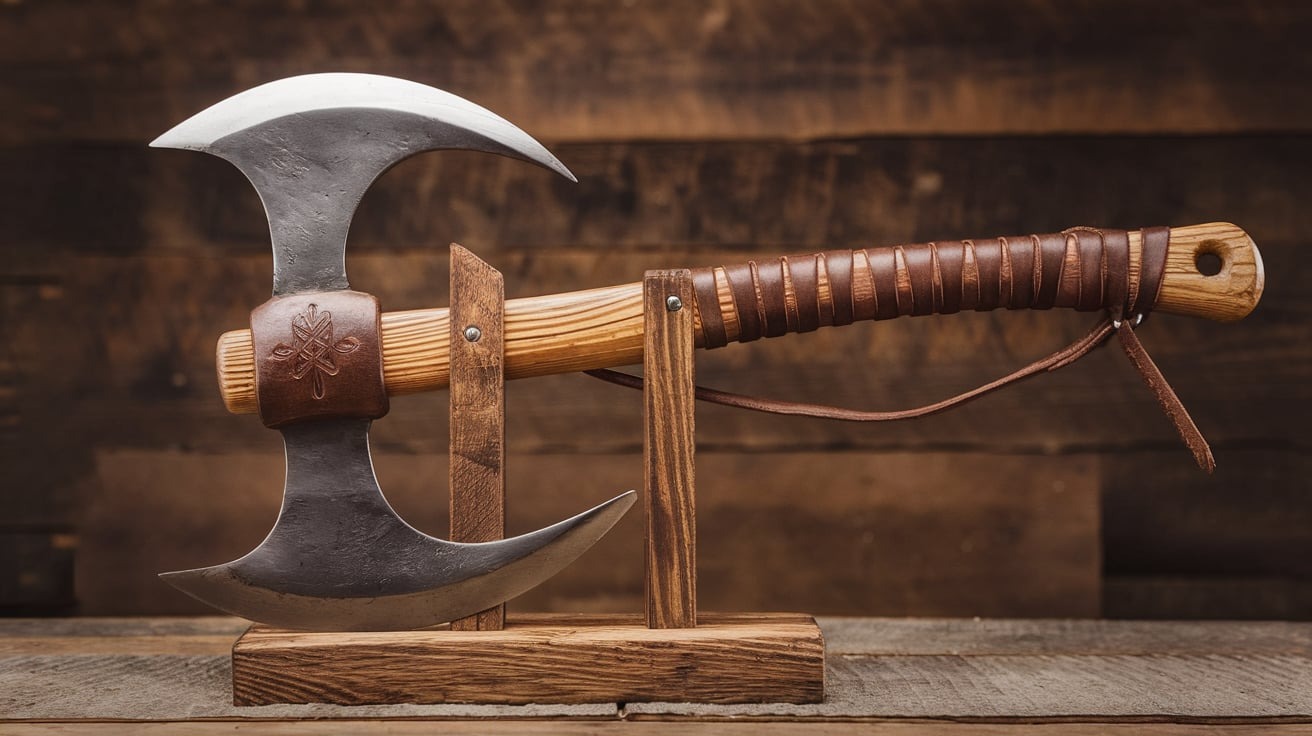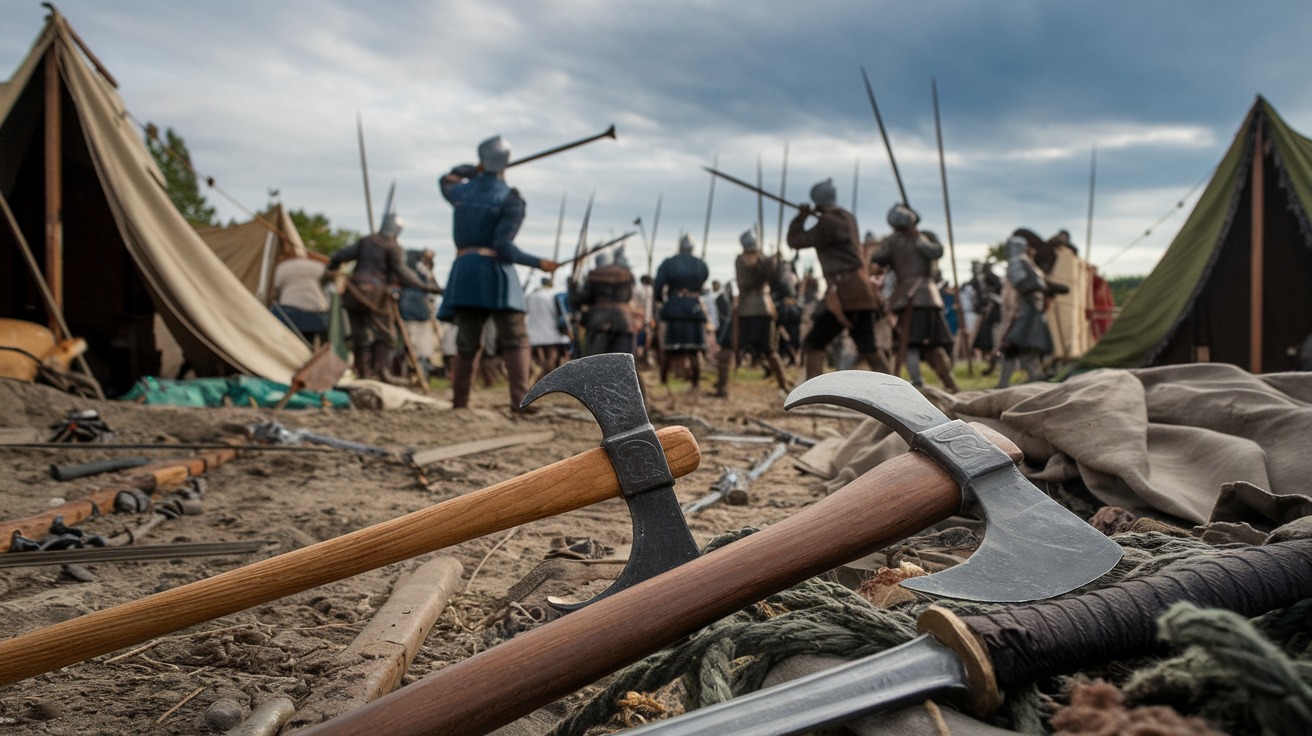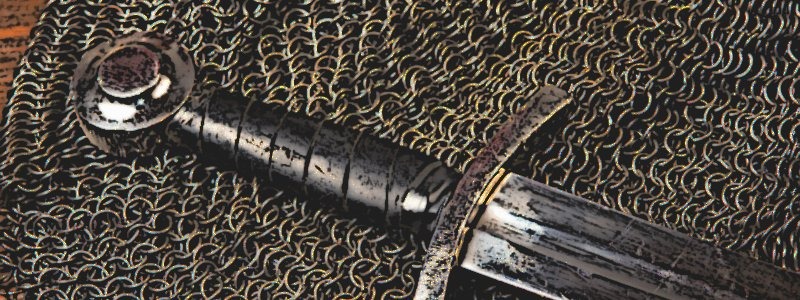Medieval Axe vs Sword: A Battle of Strength and Precision
The battle between the medieval axe and the medieval sword has been debated for many years by fans of history. This medieval axe vs sword weapons used in medieval warfare served as strengths that made them iconic weapons in society. But which also one was superior in warfare, you may ask? In the next step, let us have a closer look at that and analyze the specific benefits and risks inherent in their approach.
Introduction to Medieval Weapons: The Role of Axes and Swords in Historical Battles

During the Middle Ages, warfare was defined by the constant evolution of weapons to counter the advances in armor and tactics. Among the most notable were axes and swords, both of which served as indispensable tools of war. These weapons weren’t just instruments of battle—they also symbolized power, rank, and martial skill.
Detailed Design and Construction of Medieval Axes and Swords
Medieval Axe Design: Power and Simplicity in Historical Combat
- Axes were typically constructed with a sturdy wooden handle and a sharp, steel blade.
- Heavier axes like the Dane axe were effective for cleaving through shields and armor.
- The simplicity of their design made axes a cost-effective weapon for foot soldiers.
Medieval Sword Design: Precision and Elegance of the Middle Ages
- Swords featured high-quality steel, a sharp double-edged blade, and a well-balanced hilt.
- Variants like the longsword and falchion offered versatility for different fighting styles.
- Swords were often ornate, symbolizing status and wealth, especially among knights.
Combat Effectiveness: How Axes and Swords Performed on the Medieval Battlefield
Medieval Axes in Battle: Breaking Through Armor with Brutal Force
- Axes excelled at penetrating chainmail and denting plate armor due to their weight and concentrated force.
- Their effectiveness in close-range combat made them a popular choice for infantry.
- Beyond war, axes doubled as practical tools, making them versatile and indispensable.
Medieval Swords in Combat: Speed, Precision, and Strategic Versatility
- Swords were lighter and quicker, allowing for more agile strikes and defensive maneuvers.
- Their longer reach provided a tactical advantage in one-on-one duels or against multiple opponents.
- Mastering a sword required skill, often accessible only to well-trained warriors like knights.
Battlefield Roles of Medieval Axes and Swords in Historical Warfare
The Role of Axe-Wielding Warriors in Medieval Combat
- Axes were predominantly used by infantry soldiers who needed a robust, effective weapon.
- Viking warriors famously wielded axes, showcasing their devastating power in raids and battles.
- The axe was a weapon of practicality and brutality, perfect for armored clashes.
Sword-Wielding Knights and Their Role in Medieval Battles
- Swords were a staple weapon for mounted knights, offering versatility in different combat scenarios.
- Their status as a knight’s primary weapon also carried symbolic weight, embodying chivalry and honor.
- In skirmishes and duels, swords often dictated the pace and strategy of the fight.
Durability and Maintenance of Medieval Axes vs. Swords
Durability of Axes: Low Maintenance and High Reliability
- Axes required minimal upkeep. If a handle broke, it could easily be replaced.
- The blade was simpler to repair, making it a durable choice for prolonged campaigns.
Swords: Maintenance for Long-Term Use
- Swords demanded more care, from sharpening the blade to preserving the leather grip on the hilt.
- While durable, their complexity made them harder to maintain compared to axes.
Cultural and Tactical Significance of Axes and Swords in the Middle Ages
Cultural Significance of the Axe in Medieval History
- The axe symbolized strength and determination, often associated with Viking warriors and Norse mythology.
- It served practical purposes off the battlefield, further enhancing its value to common soldiers.
Symbolic and Cultural Importance of the Sword in Medieval Society
- Swords represented nobility, heroism, and the ideals of knighthood.
- Legendary swords like Excalibur highlight the cultural and mythical significance of this weapon.
Medieval Weapon Showdown: Which Was Superior, Axe or Sword?
The superiority of the axe or sword depends largely on context:
- Axes: Best for delivering heavy strikes, breaking armor, and being cost-effective for the masses.
- Swords: Ideal for versatility, precision, and prestige, reserved for skilled warriors and the elite.
While the axe dominated in practicality and sheer force, the sword’s adaptability and symbolic power made it indispensable for knights.
Conclusion: Evaluating Axes and Swords as Medieval Weapons
In conclusion, the debate over the medieval axe versus the sword boils down to their intended use and the wielder’s skill. Axes were the weapon of choice for infantry and brutal combat, while swords offered finesse and status, often wielded by knights and nobles. Both weapons were critical in shaping the warfare of the Middle Ages, making their legacies equally fascinating and impactful.


